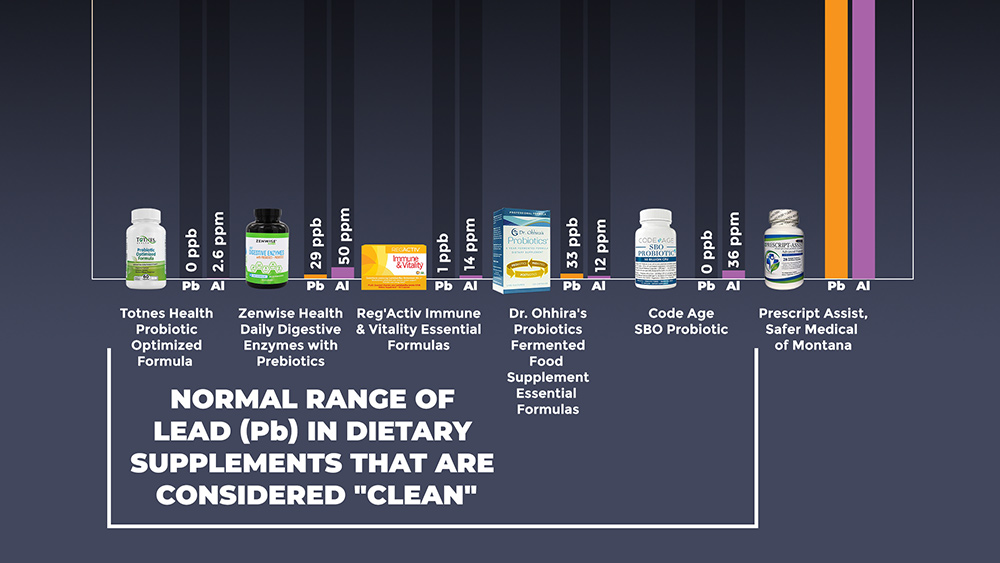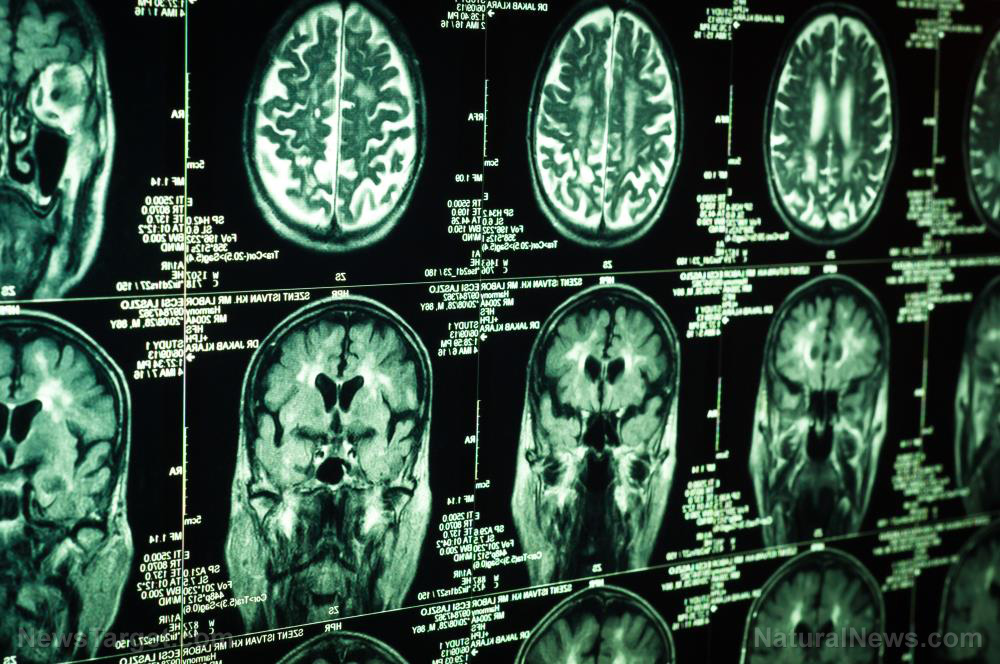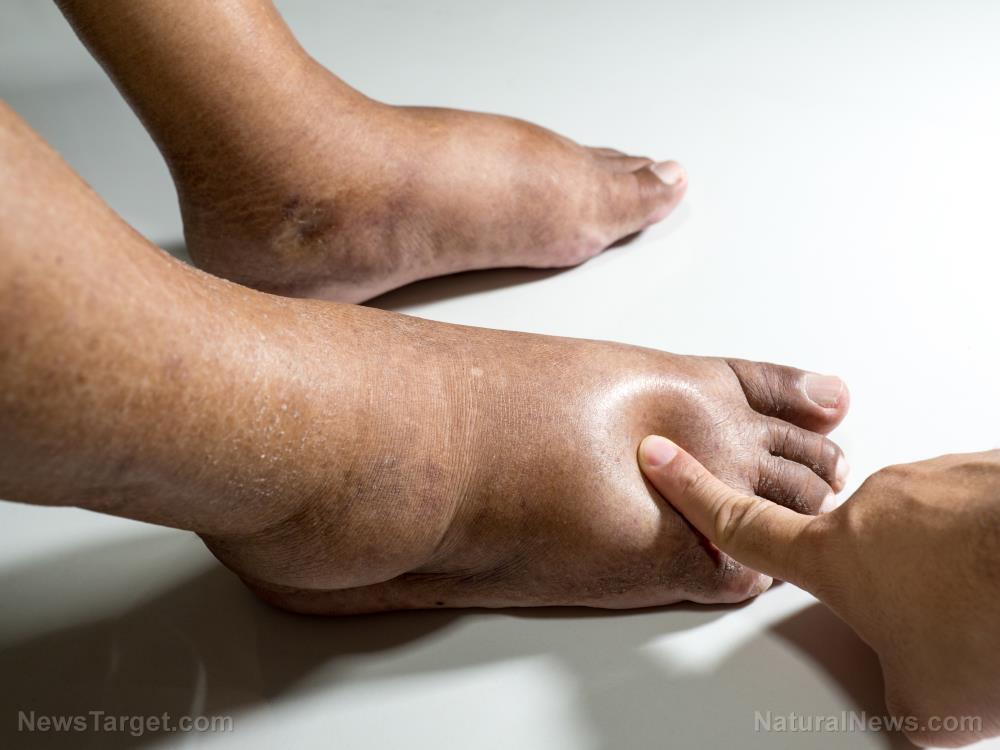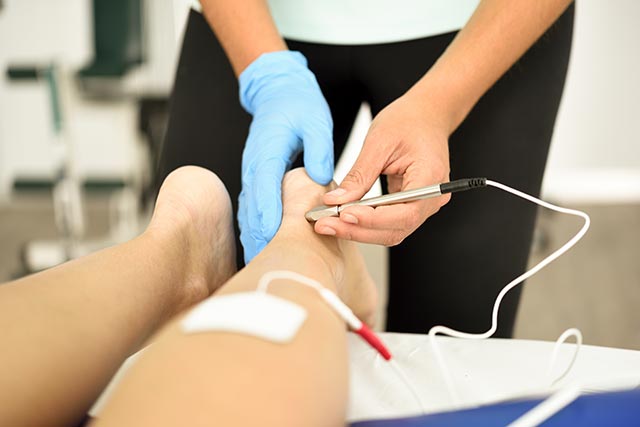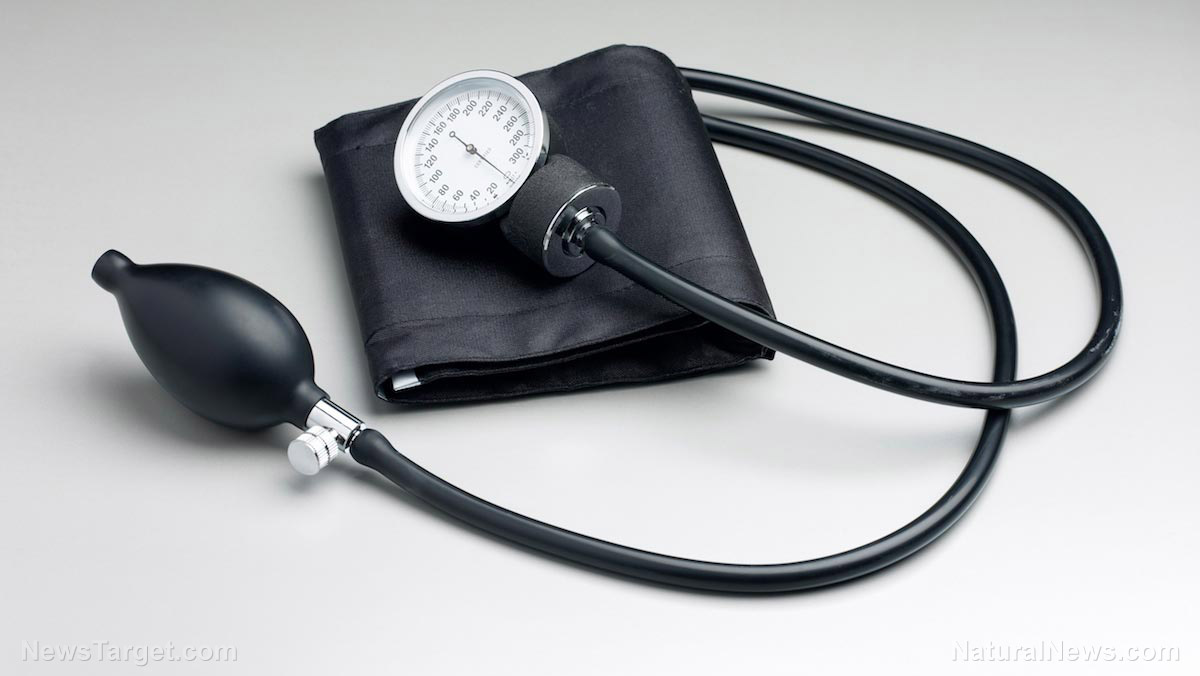Study shows Ritalin and other ADHD drugs change the structure of children’s brains
08/19/2019 / By Isabelle Z.

When a child is diagnosed with ADHD, or attention-deficit/hyperactivity disorder, medication is often recommended. Profit-minded pharmaceutical companies and doctors hand these drugs out like candy, and some teachers even encourage it in hopes of having placated students who are easier to keep under control. Unfortunately, children often end up paying the price for this in terms of their health – and a new study shows that the drugs actually change the structure of their young brains.
This is bad news for the 5.2 percent of American children aged 2 to 17 who currently take these drugs on a daily basis. The unsettling study, which was carried out by researchers from the University of Amsterdam, revealed that one of the most popular ADHD medications on the market today, methylphenidate (MPH), is impacting the development of white matter in kids’ brains. This drug is sold in the U.S. as Ritalin and Concerta.
For the study, the researchers recruited young boys and adult men who had been diagnosed with ADHD but had no history of taking MPH. They divided them into two groups: a placebo group and a group that took the drug every day for 16 weeks. All participants were given MRIs before the study and a week after the close of the drug trial period.
A metric known as fractional anisotropy, or FA, was used to assess the white matter levels in the participants’ brains. This measures the density and size of nerve fibers as well as their protection through coating. They found that the boys who took the drug had an increase in white matter FA; the same effect was not seen in the adult men or anyone in the placebo group. White matter in the brain is needed for tasks like communication between the various areas of the brain, overall brain function, and learning.
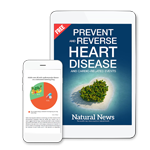
|
Discover how to prevent and reverse heart disease (and other cardio related events) with this free ebook: Written by popular Natural News writer Vicki Batt, this book includes everything you need to know about preventing heart disease, reversing hypertension, and nurturing your cardiac health without medication. Learn More. |
Researchers don’t know what this finding could mean in the long term, but it’s clear that changing the development of a child’s brain structure is far from natural. The researchers believe that the decision to take these meds should not be made lightly and that only those who are significantly affected by the illness on a regular basis should turn to medication.
Although the study only involved males, it’s quite possible that a similar effect could be seen in girls; further research is needed to make a more definitive conclusion on that front. They’re also not sure if the changes can be reversed by stopping the medication or if they also influence behavioral or functional changes in the long run.
Why take risky meds when safe and effective treatments exist?
The American Academy of Pediatrics recommends that children younger than six be given behavior therapy as the first line of treatment for ADHD, but this study shows that older children should also consider this approach.
In fact, many experts believe that behavioral methods should always be tried before medicine. Other side effects of ADHD drugs include weight loss, a loss of appetite, and sleeping problems.
Studies have also linked Ritalin use with a rise in engaging in risky behaviors. A study from 2012 published in Neuroscience showed that the medication spurred impulsive behaviors in women, and later studies backed this up. A safety warning against Ritalin and other ADHD meds was issued in 2015 by Health Canada because of suicidal thoughts, attempts, and suicides among patients who used the medication.
Scientific studies continue to illustrate why taking pharmaceutical drugs at the first sign of a problem can backfire spectacularly. For many people with ADHD, safer alternatives like exercise, relaxation, and eliminating processed food can keep the problem under control without negative side effects.
Sources for this article include:
Tagged Under: adhd, brain changes, brain function, brain health, brain matter, child health, Concerta, mental health, mind body science, neurology, psychiatry, research, ritalin

